10 Reasons That May Explain Why Your Sunflowers Are Struggling
Sunflowers are usually cheerful, but sometimes they hit a rough patch. I’ve had mine droop or grow slowly, and it can be puzzling at first. A few common factors, like soil, water, or sun, often play a role.
Understanding these reasons makes it easier to give your plants a boost. With a little attention, your sunflowers can perk up and shine again.
1. Insufficient Sunlight

Sunflowers didn’t get their name by accident! These sun-worshippers need 6-8 hours of direct sunlight daily to produce those impressive blooms.
Check if nearby trees, buildings, or other plants are casting shadows on your sunflowers. Even partial shade can significantly reduce their growth and cause weak, leggy stems that struggle to support flower heads.
2. Improper Watering
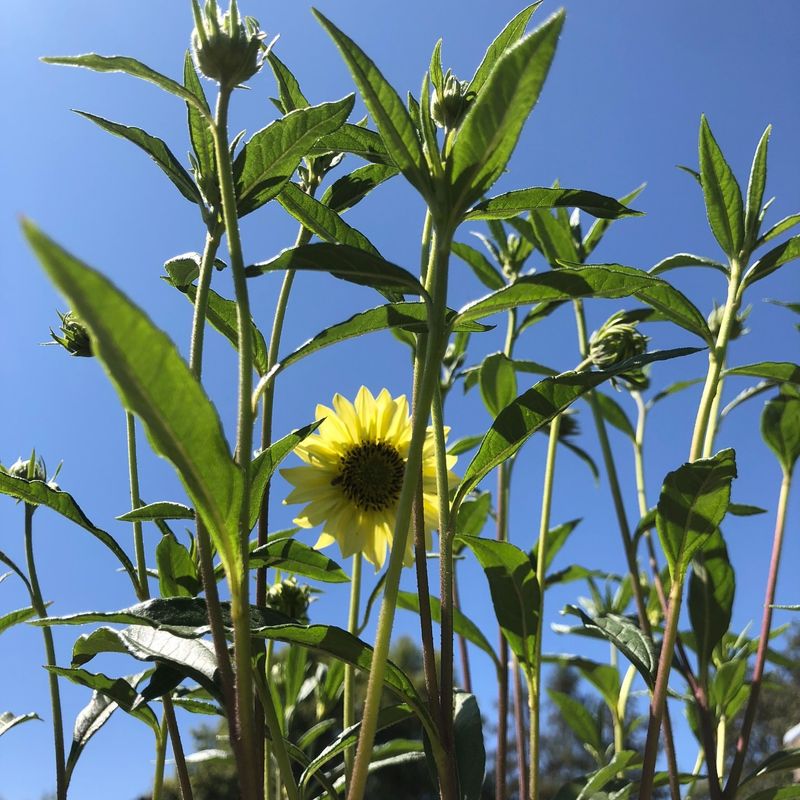
Finding the sweet spot for watering sunflowers can be tricky. Young plants need consistent moisture, while established plants prefer deep, less frequent watering.
Overwatering leads to root rot and yellow leaves, while underwatering causes wilting and stunted growth. Aim for moist but not soggy soil, and adjust based on your climate and soil type.
3. Poor Soil Quality

Despite their reputation for hardiness, sunflowers actually prefer nutrient-rich, well-draining soil with a neutral pH between 6.0 and 7.5.
Heavy clay soils that retain too much moisture or sandy soils that drain too quickly can stunt growth. Consider testing your soil and amending it with compost or organic matter to create ideal growing conditions.
4. Pest Infestations
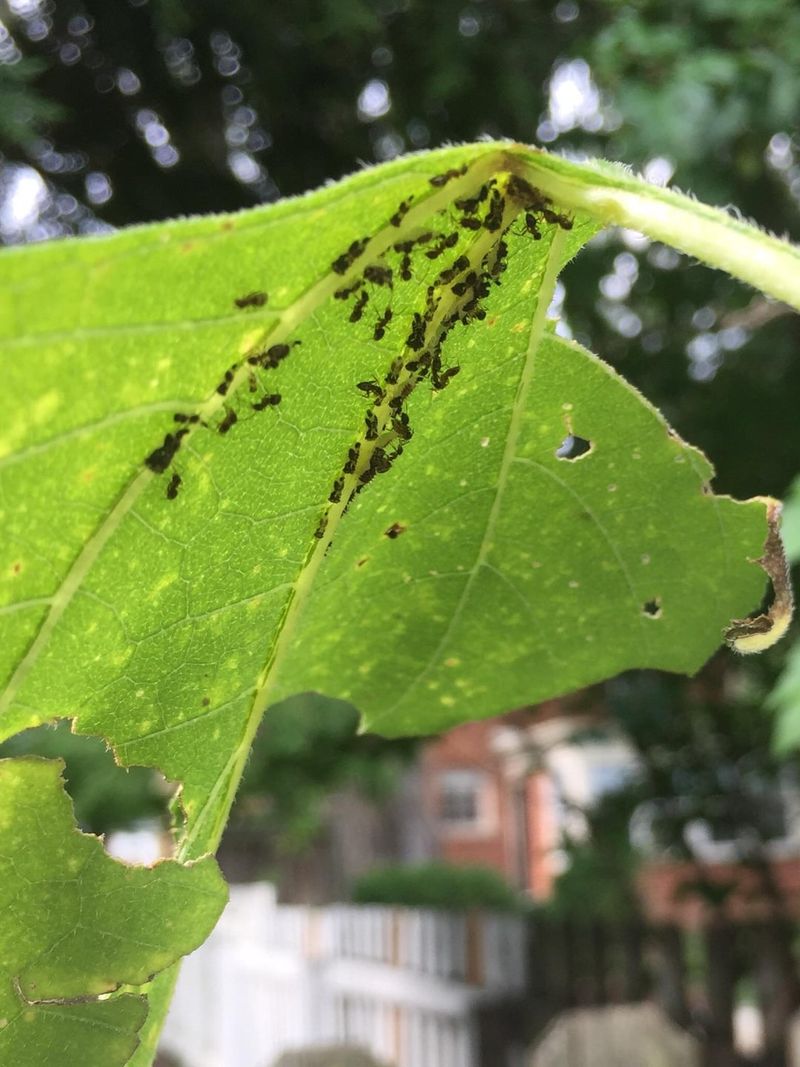
Those beautiful sunflower heads aren’t just attractive to humans—they’re irresistible to pests too! Aphids, sunflower moths, and cutworms can wreak havoc on developing plants.
Look for chewed leaves, sticky residue, or tiny insects clustering on stems and undersides of leaves. Natural predators like ladybugs or mild insecticidal soap can help control these unwanted visitors.
5. Disease Problems
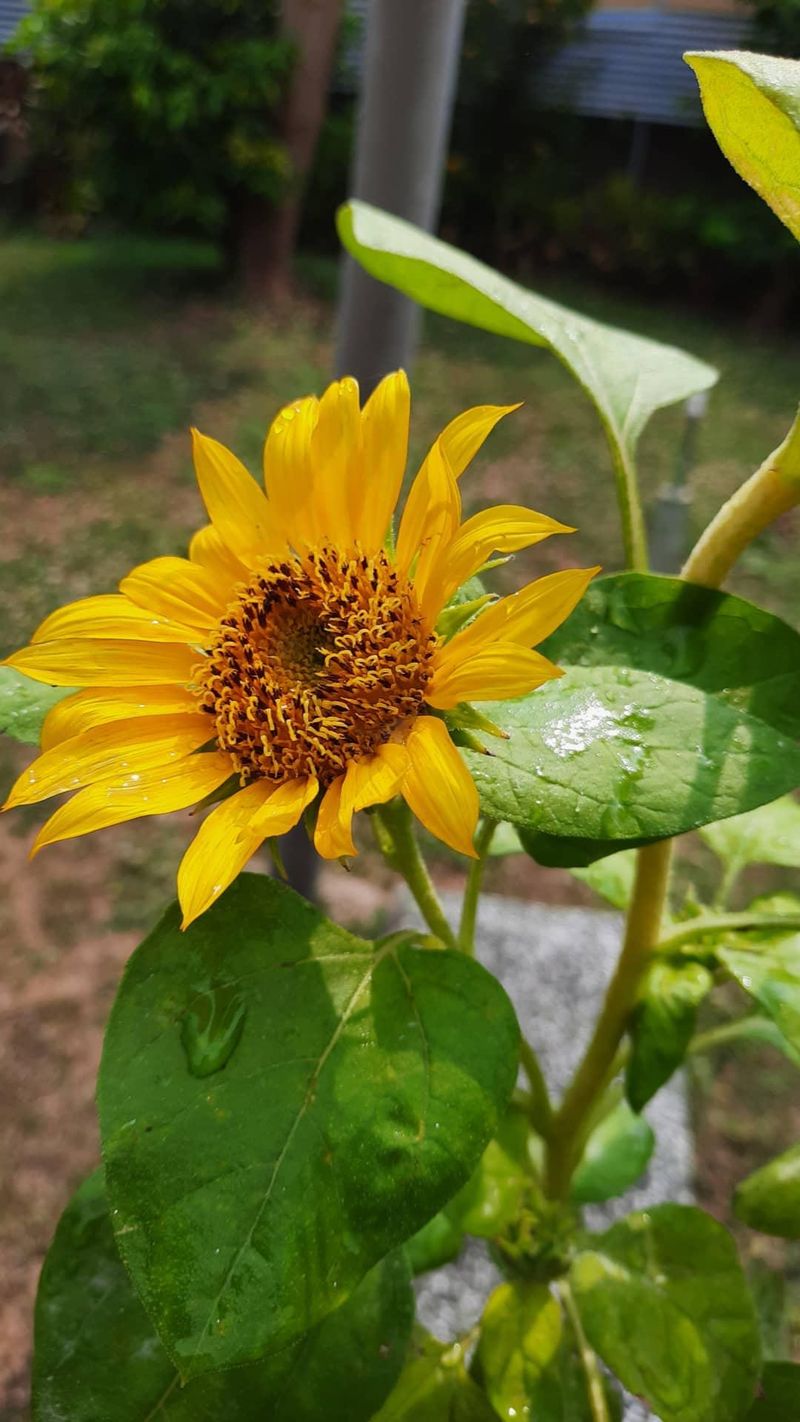
Fungal diseases like powdery mildew and downy mildew can attack sunflowers, especially in humid conditions or when leaves stay wet too long.
White powdery spots, yellow patches, or brown spots on leaves are telltale signs. Improve air circulation by spacing plants properly and water at the base rather than overhead to keep foliage dry.
6. Improper Spacing
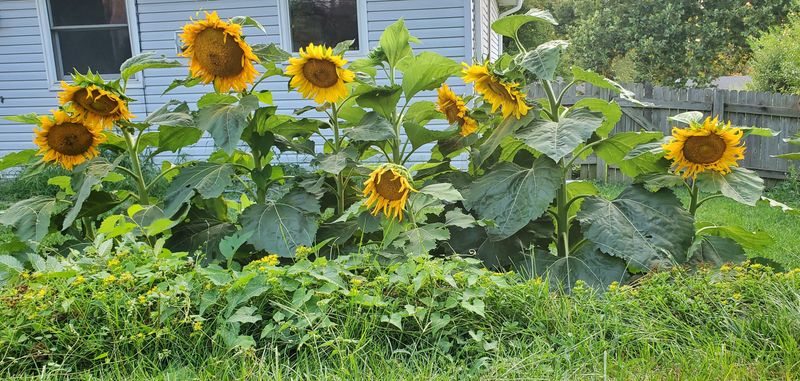
Crowded sunflowers compete for nutrients, water, and light, resulting in smaller blooms and weaker stems. Tall varieties need at least 2-3 feet between plants.
Proper spacing also improves air circulation, reducing disease risk. If your sunflowers are packed too closely, consider thinning them out to give the remaining plants room to flourish.
7. Nutrient Deficiencies
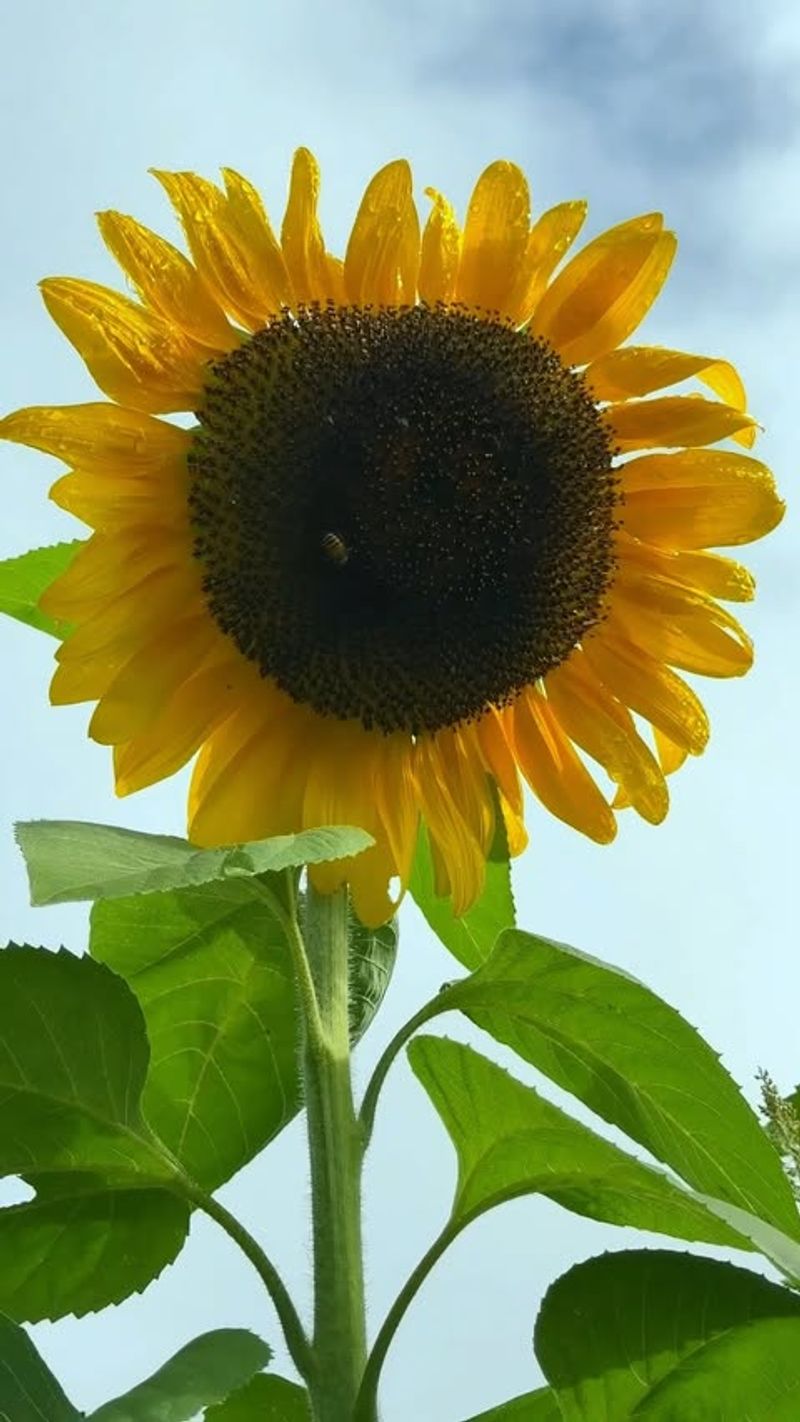
Sunflowers are heavy feeders that require ample nitrogen for lush foliage growth and phosphorus for strong root development and flowering.
Yellowing lower leaves often signal nitrogen deficiency, while purple-tinged leaves might indicate phosphorus shortage. A balanced fertilizer applied according to package directions can give your sunflowers the boost they need.
8. Untimely Planting
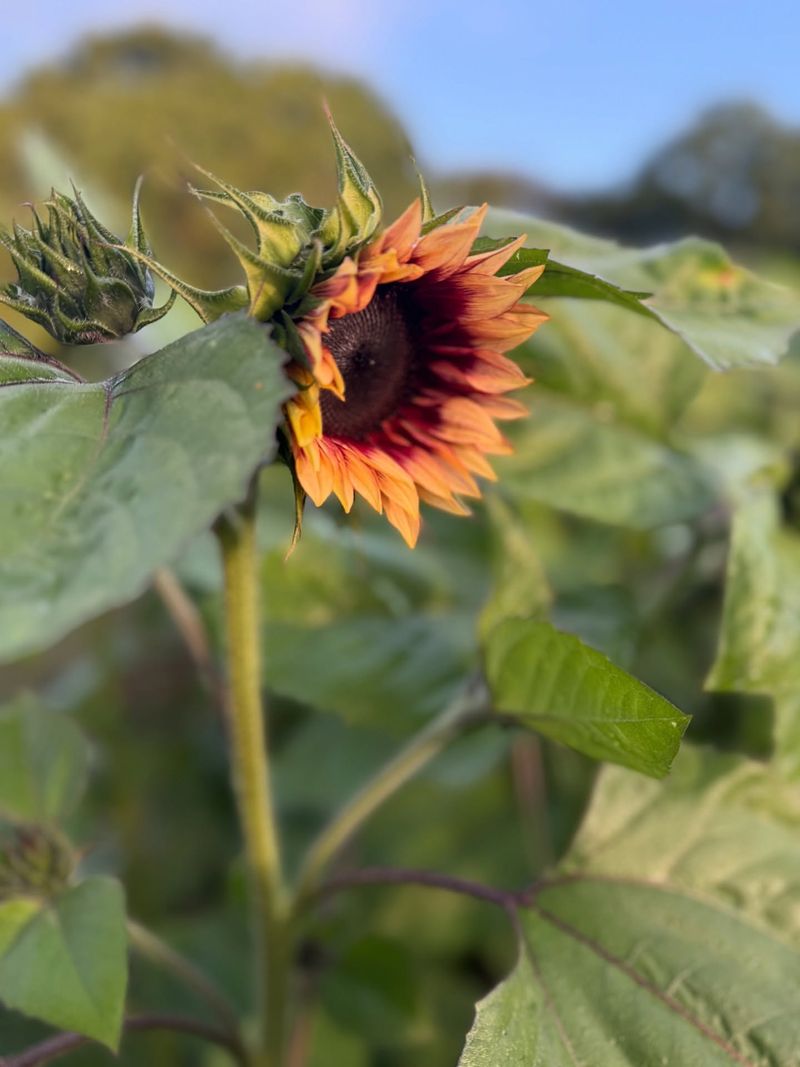
Timing matters tremendously with sunflowers. Planting too early exposes seedlings to late frosts, while planting too late might not give them enough growing season to mature.
Wait until soil temperatures reach at least 55-60°F and all danger of frost has passed. Most varieties need 80-120 days to reach maturity, so plan accordingly for your climate zone.
9. Environmental Stress
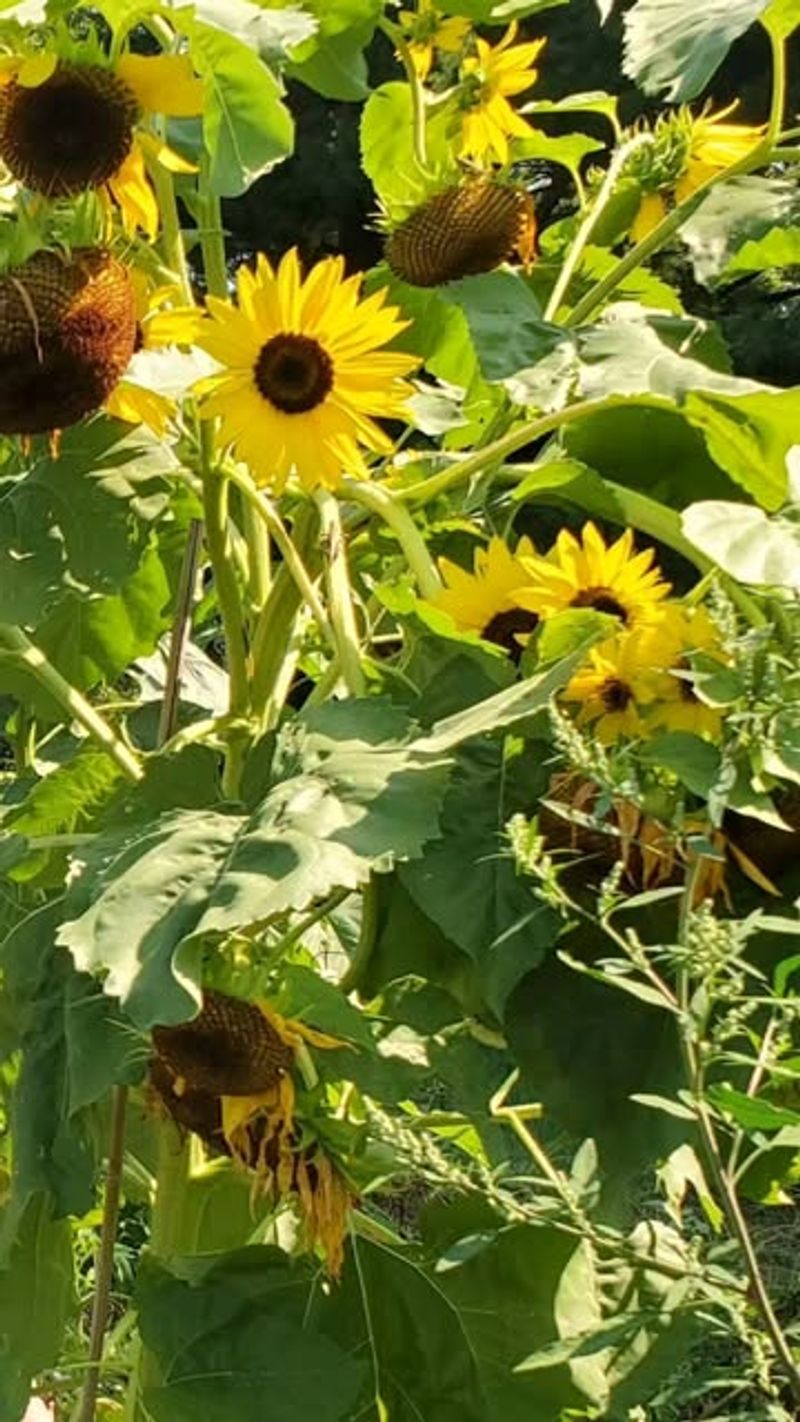
Extreme weather conditions like prolonged heat waves, unexpected cold snaps, or strong winds can shock sunflowers and impede their growth.
Young plants are especially vulnerable to environmental stress. Consider providing temporary shade during heatwaves or windbreaks in exposed locations to help your sunflowers weather these challenging conditions.
10. Wildlife Damage
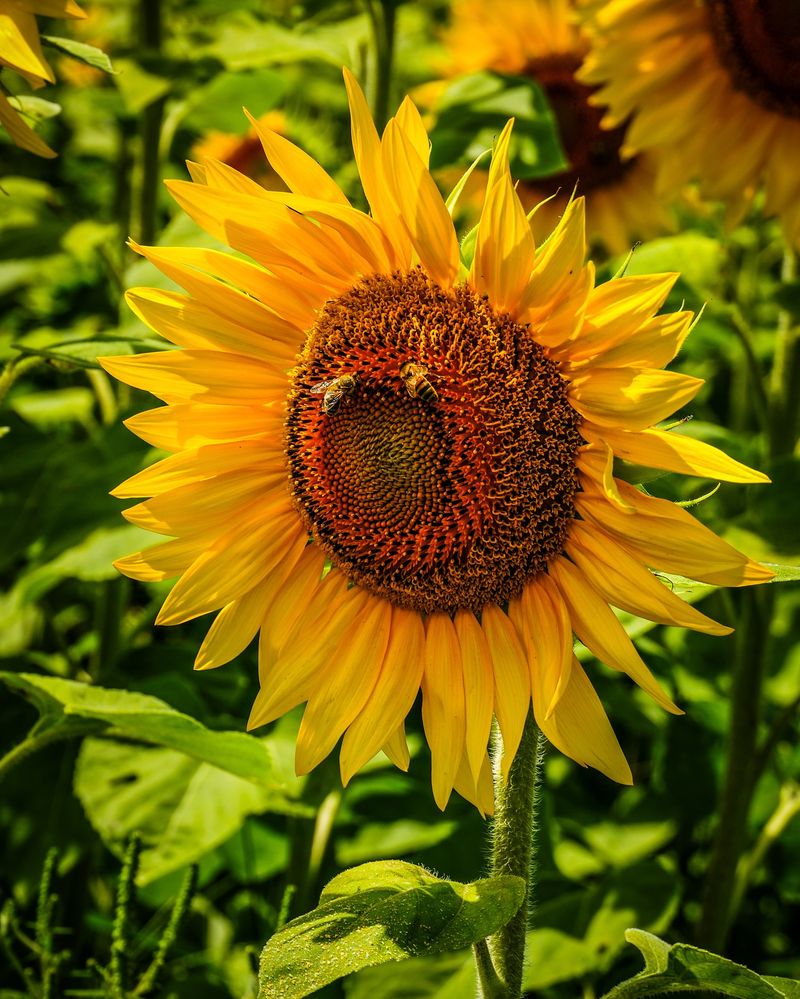
Birds, squirrels, and deer find sunflowers irresistible, especially as seeds begin to develop. Missing seedlings or partially eaten flower heads are clear signs of animal visitors.
Physical barriers like netting or chicken wire can protect your plants. Alternatively, try planting extra sunflowers to share with wildlife or use decoy feeders to draw animals away from your prized blooms.

